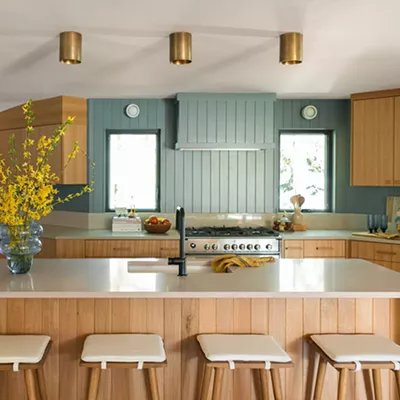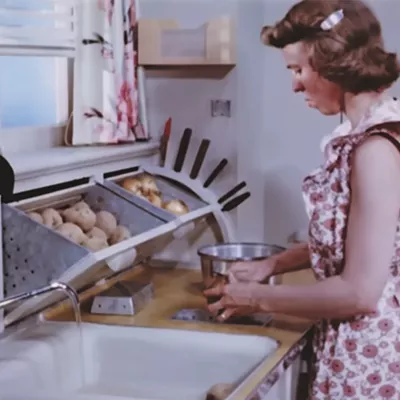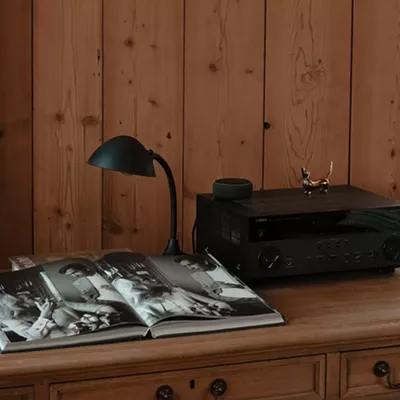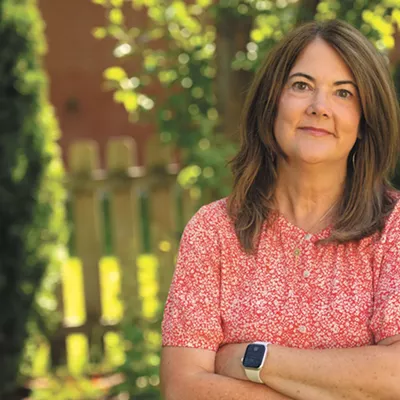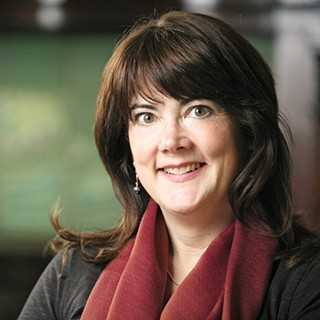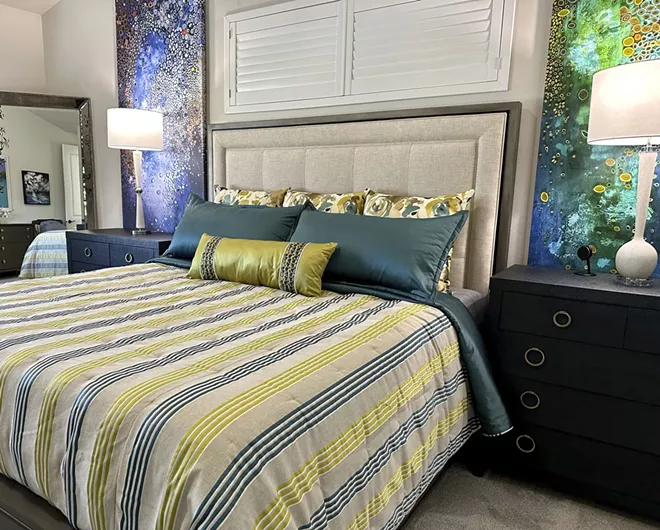
Sleep is one of the rare things that is both awesome and essential, so creating the perfect spot to maximize enjoyment of it should really be considered an investment in physical and mental health. And if it happens to turn out beautiful, all the better!
Let's start with the basics. Though a good mattress is key to a blissful sleep, choosing one can be stressful.
Luckily there are ways to take a new mattress for a test run, which may be the only way to find out what's really best for you. "I actually build beds for two different chiropractors. One says everybody needs a soft bed, and one says everybody needs a firm bed," says Vincent DeFazio at Spokane's Twilight Bedding Company, where more than 20 mattresses are ready for a test-lie in the showroom. "We have our customers try them out, and whichever one they like, we build that for them."
Twilight only uses foam made in the United States and is also one of the few manufacturers that still builds two-sided mattresses, allowing customers to flip the mattress every six months, extending the life of the mattress to 10 to 15 years. After a 30-day break-in period, if customers aren't finding their bed is "just right," the mattress can go back to the shop, where the top quilted panel is removed, the foam adjusted, and the whole thing reassembled.
Another way to test a mattress is to book a night at the Historic Davenport Hotel. In the morning, if you liked the bed, stop by and buy one on the way out. The mattress has a storied history tied to the reopening of the Historic Davenport in 2002. "Our former owner Walt Worthy actually brought in all the top mattresses of that year, cut them directly down the middle and picked what he liked about them. And then he had a chiropractor double-check his work. So it's pretty unique. And we actually have a patent on the mattress," says the Davenport's Home Store's Hailey Powell.
Linens
Sheets should contribute comfort to a bed in a virtually unrecognizable way: If you can notice them, they're probably too rough or too wrinkled as a result of improper fit. Finding sheets that snugly hug your mattress is key, so check the all-important height of the fitted sheet pocket against the height of your mattress.
Different fibers have different properties: Organic cotton's longer fibers create a smoother finish that may make it sleep cooler; linen is able to absorb more moisture without feeling damp; bamboo offers some benefits in environmental sustainability and is silky soft, but may wrinkle more; Tencel is created from wood pulp and also has a soft feel, but like bamboo, it can be more expensive than cotton.
In sheet lingo, percale is usually made of cotton and has a relatively lower thread count that makes it crisp and breathable; sateen is softer than percale, may sleep a little warmer and is more wrinkle-resistant. At the Davenport, you can pick up a set of the hotel's sateen sheets by Frette linens of Italy. Crafted from long-staple Egyptian cotton, they're hospitality-grade, meaning they'll stand up to repeated washing.
Then it's time to cover up — comforters and blankets complete both the warmth and the finished appearance of a bed. At Spokane's Fabric Works, you can customize your bed toppers.
"We carry over 40 different fabric supplier options with all sorts of prints, textures, and weights of fabrics," says office manager Kat Warnock. "The client gets to have full control. We even have options for them to create their own fabrics. We have options to do coverlets, duvets, comforters. We can pretty much pull anything off." Warnock notes they can also work with most budgets and often assist designers in achieving just the right look for bedding and window coverings. "We are one of the last few workrooms in Spokane that does anything like this. It's kind of one of those dying arts that you can't just find anywhere."
The Messy World of Thread Counts
Consumers often rely on thread count when comparing and choosing sheets. Higher thread counts are often equated with more luxurious or better quality sheets, and often carry a higher price tag. But is what's on the label accurate?
In August 2005, the Federal Trade Commission responded to concerns about inflation of thread counts by defining "thread count" as yarns per square inch, regardless of whether each "yarn" was a single or multi-ply thread. Thus, a fabric made with two-ply thread at 300 threads per square inch should not be labeled "600 thread count."
Since then, numerous companies have been the subjects of class-action lawsuits alleging deceptive labeling practices, including situations in which sheets were sometimes labeled as having thread counts of 1,000 or even 1,500, when in fact they were much lower.
Sound like much ado about nothing? In July 2023, Macy's agreed to a $10.5 million settlement over misrepresenting thread counts.
What does all this matter to the average consumer? The sweet spot for thread count may be in the 400 range; higher thread counts up to about 800 can indicate a warmer, softer product. The fiber used in making the sheet may be more important for comfort and durability than the thread count. One of the best ways to assess a sheet is to feel it with your hand. If you like it, don't obsess over thread count.






